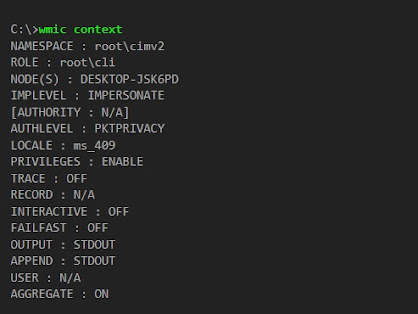Capability Maturity Model Integration (CMMI) , Part - 5
We will give brief
description of each process areas. All CMMI process areas are common to both
continuous and staged representations. In the staged representation, process
areas are organized by maturity levels.
CMMI Process Areas
A Process Area is a
cluster of related practices in an area that, when implemented collectively,
satisfy a set of goals considered important for making significant improvement
in that area. All CMMI process areas are common to both continuous and staged
representations.
The continuous
representation enables the organization to choose the focus of its process
improvement efforts by choosing those process areas, or sets of interrelated
process areas, that best benefit the organization and its business objectives.
Although there are some limits on what an organization can choose because of
the dependencies among process areas, the organization has considerable freedom
in its selection.
Once you select the
process areas, you must also select how much you would like to improve the
processes associated with those process areas (i.e., select the appropriate
capability level). Capability levels and generic goals and practices support
the improvement of processes in individual process areas.
Conversely, you will see
that the staged representation encourages you to always look at process areas
in the context of the maturity level to which they belong. The process areas
are organized by maturity levels to reinforce this concept. When you use a
process area, you use the entire process area: all goals and all practices.
The CMMI Process Areas
(PAs) can be grouped into the following four categories to understand their
interactions and links with one another regardless of their defined level:
- Process Management
- Project Management
- Engineering
- Support
Each process area is
defined by a set of goals and practices. There are two categories of goals and
practices:
- Generic goals and practices: They are part of every process area.
- Specific goals and practices: They are specific to a given process area.
A process area is
satisfied when company processes cover all of the generic and specific goals and
practices for that process area.
Generic goals and
practices:
Generic goals and
practices are a part of every process area.
NOTATIONS:GG -->
Generic Goals and GP
--> Generic Practice
- GG 1 Achieve Specific Goals
- GP 1.1 Perform Specific
Practices
- GG 2 Institutionalise a Managed
Process
- GP 2.1 Establish an
Organizational Policy
- GP 2.2 Plan the Process
- GP 2.3 Provide Resources
- GP 2.4 Assign Responsibility
- GP 2.5 Train People
- GP 2.6 Manage Configurations
- GP 2.7 Identify and Involve
Relevant Stakeholders
- GP 2.8 Monitor and Control the
Process
- GP 2.9 Objectively Evaluate
Adherence
- GP 2.10 Review Status with
Higher Level Management
- GG 3 Institutionalise a Defined
Process
- GP 3.1 Establish a Defined
Process
- GP 3.2 Collect Improvement
Information
- GG 4 Institutionalise a
Quantitatively Managed Process
- GP 4.1 Establish Quantitative
Objectives for the Process
- GP 4.2 Stabilise Subprocess
Performance
- GG 5 Institutionalise an
Optimising Process
- GP 5.1 Ensure Continuous
Process Improvement
- GP 5.2 Correct Root Causes of Problems
Common Features:
The common features are
attributes that indicate whether the implementation and institutionalization of
a key process area is effective, repeatable, and lasting. The five common
features are listed below:
- Commitment to Perform: Commitment to Perform describes the actions the
organization must take to ensure that the process is established and will
endure. Commitment to Perform typically involves establishing
organizational policies and senior management sponsorship.
- Ability to Perform: Ability to Perform describes the preconditions
that must exist in the project or organization to implement the software
process competently. Ability to Perform typically involves resources,
organizational structures, and training.
- Activities Performed: Activities Performed describes the roles and
procedures necessary to implement a key process area. Activities Performed
typically involve establishing plans and procedures, performing the work,
tracking it, and taking corrective actions as necessary.
- Measurement and Analysis: Measurement and Analysis describes the need to
measure the process and analyze the measurements. Measurement and Analysis
typically includes examples of the measurements that could be taken to
determine the status and effectiveness of the Activities Performed.
- Verifying Implementation: Verifying Implementation describes the steps to
ensure that the activities are performed in compliance with the process
that has been established. Verification typically encompasses reviews and
audits by management and software quality assurance.
The practices in the
common feature Activities Performed describe what must be implemented to
establish a process capability. The other practices, taken as a whole, form the
basis by which an organization can institutionalize the practices described in
the Activities Performed common feature.


Comments
Post a Comment